Prior from Intersolar North America 2018: Solar Panels, Inverters and Racking.
How’re you going to clean your solar panels? You’re going to use a high pressure source, with a swirling head. The head and the arm can be expanded by purchasing extensions for either piece of hardware. The head was light to hold, and so was the tube; the biggest weight will be the water inside. Distributed in the USA by Sola-Tecs. If you’re interested, pv magazine will do a deeper dive on the hardware.
An electric MC4 crimper. Holding the unit in my hand, it felt solid. Giving it a quick squeeze – and a slow, consistent and solid crimp occurred. I’d be annoyed with my battery dying at a key moment, however, I’d be ok with that because my forearms wouldn’t be fried. If you can find a link to the manufacturer, please let pv magazine know so we can update this article!
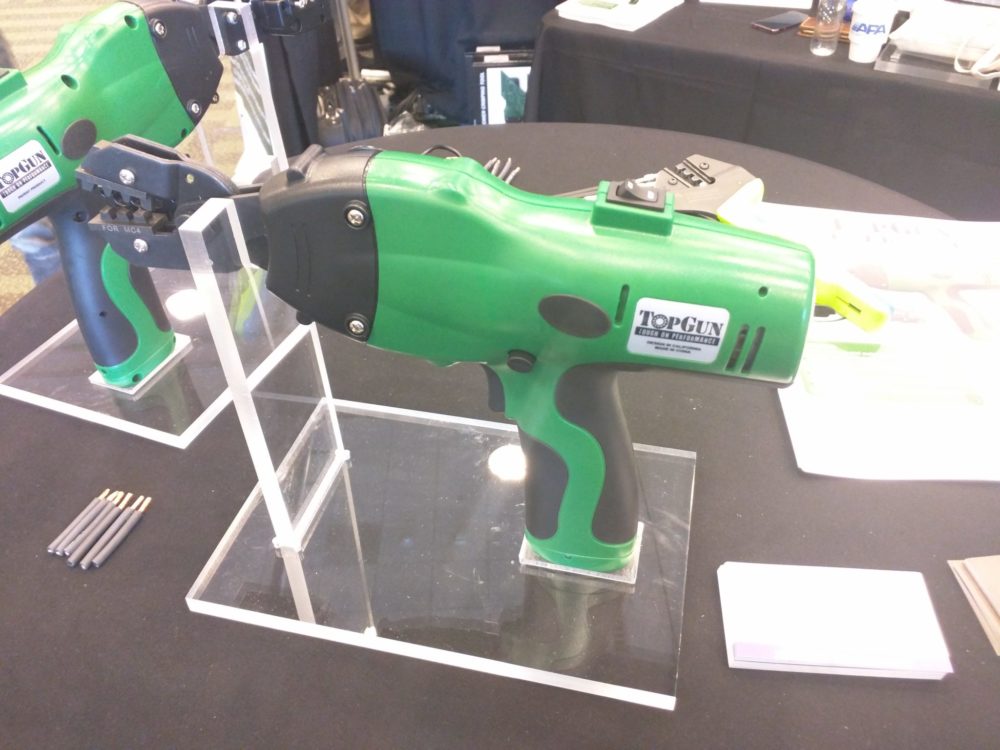
Solar Hybrid Technology was showing off their new products, with patents pending in three countries. Their website is simple, but so is the concept: use the sun to directly heat fluids in a vacuum tube to very high degrees for household water usage. The unit is physically adjustable to aim it toward the sun.
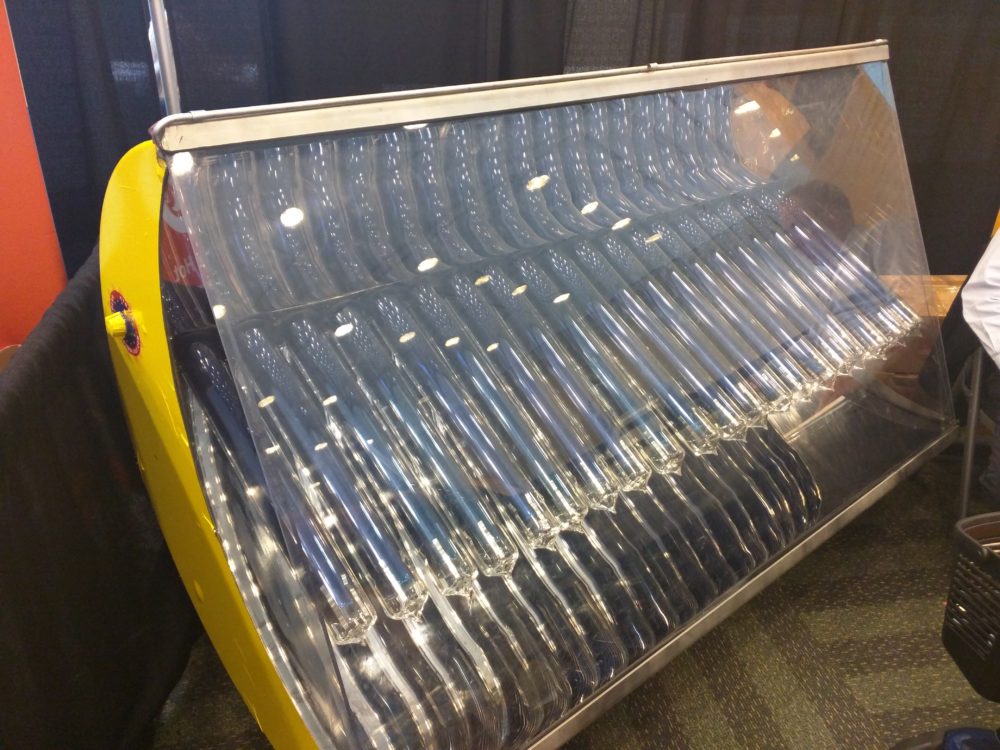
The machine below, on the left, is showing two new properties – first, it simulates lighting and output for bifacial solar panels and second, it uses LEDs which offer a more consistent lighting environment and have a much longer life – meaning cheaper operation. The 300 MW, fully automatic module assembly line below on the right had an interesting trait – the assembly lines can be customized, usually based upon region, to use more or fewer workers. Several hundred MW of module manufacturing capacity can be managed by fewer than five employees if so desired.
As solar plants begin to age en masse, repowering – as in the wind industry already – will take hold. Ampt sees a place for their string optimizers there, as well as in new installations. The units insert into the string, not on the back on modules, before you reach combiner boxes. They also deliver the ability to wirelessly communicate that string level data to asset managers, via an add-on. Module mismatch developing over the course of five years was observed as a specific use case. The units are also used in various ways at the time of new construction. I wonder if they’ve got automatic shutdown capacity?
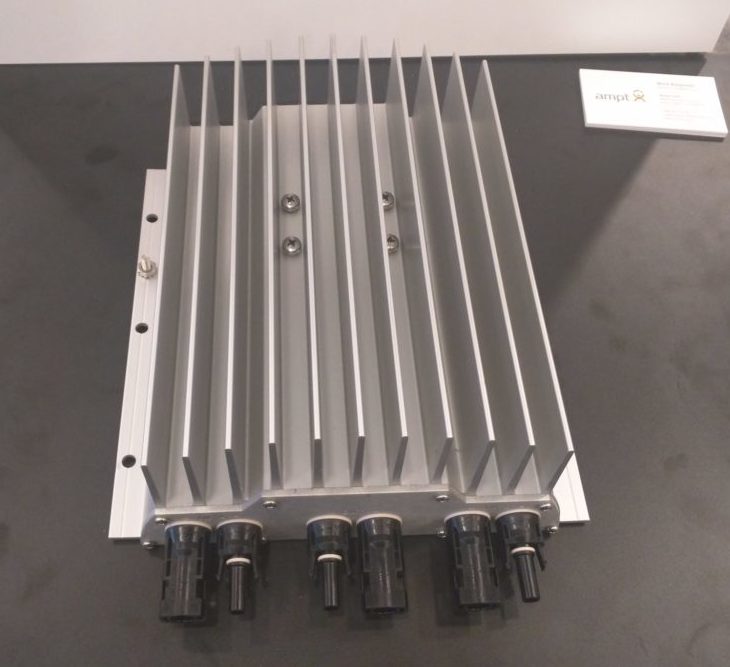
This image was taken simply because it’s cool to see the inside of a battery (in this case, a Rolls Battery). And there were a lot of batteries – and full systems – in the electrical energy storage (EES) portion of the show.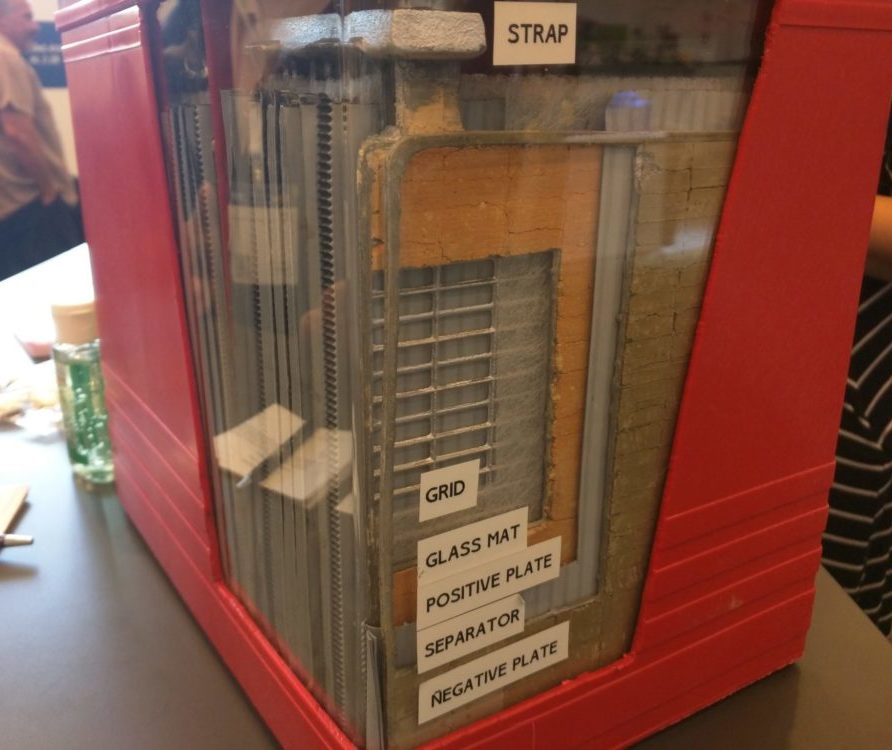
Speaking of automatic shutdown, this little piece of hardware – the MS20 from QF (which pv magazine has not been able to find online) – suggests it can offer a plug and play, inverter agnostic, with no communication needed, solution to the automatic shutdown quandary. How simple can we get to make these solar panels shut down and protect first responders? How long before all modules come with these in the junction box?
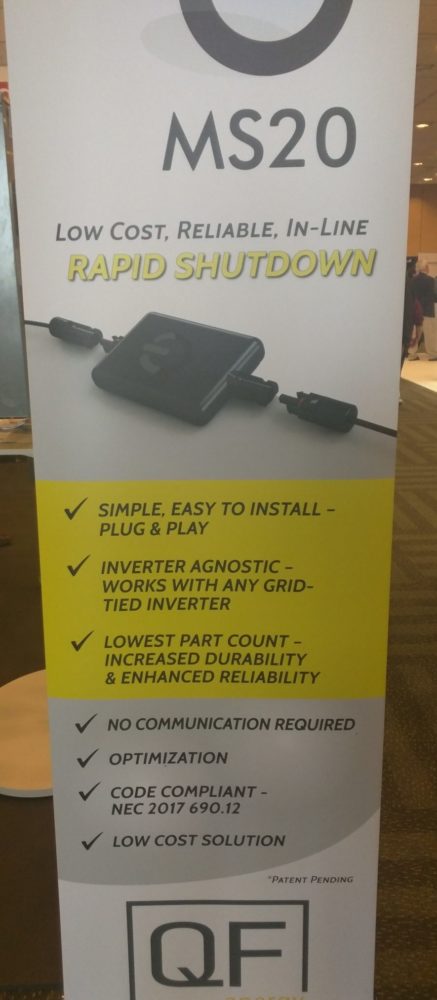
A piece of hardware whose purpose is to capture excess solar electricity and mine bitcoin – when the house’s load is covered, the batteries are full and your net metering agreement isn’t that great. The company’s brochure noted a website – usolar.io – that’s unregistered. Either way, mining digital currency with curtailed or clipped solar electricity seems a smart play.
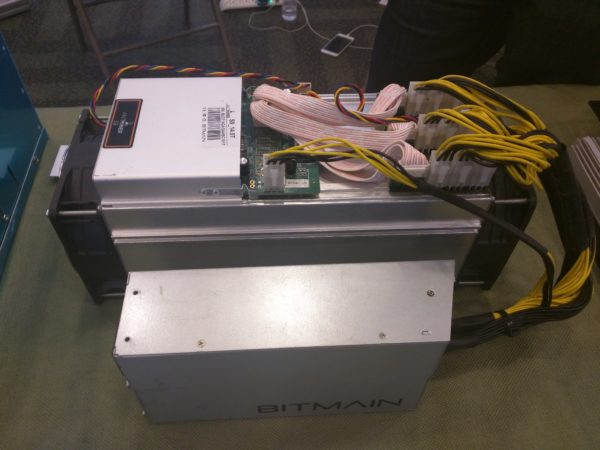
And last, but emotionally the greatest – eGauge with a victory over JinkoSolar in the Intersolar North America ping pong tournament!
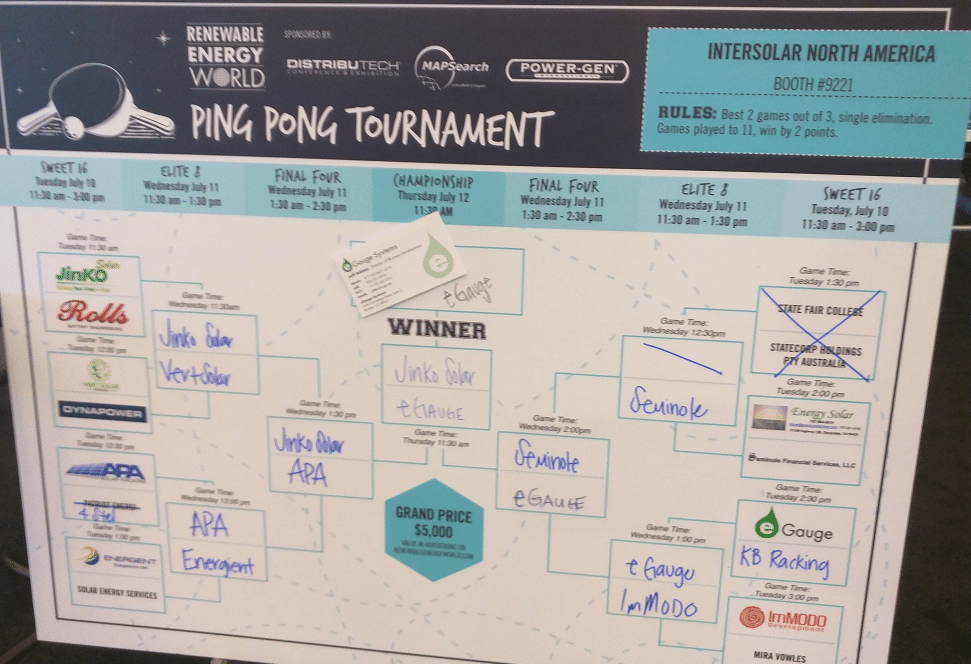
This content is protected by copyright and may not be reused. If you want to cooperate with us and would like to reuse some of our content, please contact: editors@pv-magazine.com.
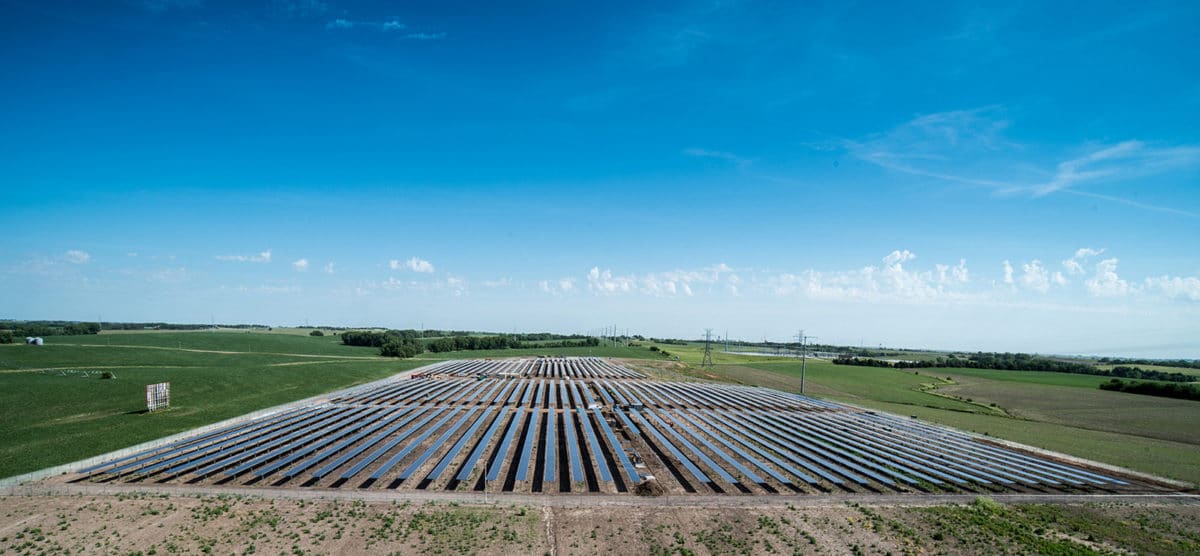












By submitting this form you agree to pv magazine using your data for the purposes of publishing your comment.
Your personal data will only be disclosed or otherwise transmitted to third parties for the purposes of spam filtering or if this is necessary for technical maintenance of the website. Any other transfer to third parties will not take place unless this is justified on the basis of applicable data protection regulations or if pv magazine is legally obliged to do so.
You may revoke this consent at any time with effect for the future, in which case your personal data will be deleted immediately. Otherwise, your data will be deleted if pv magazine has processed your request or the purpose of data storage is fulfilled.
Further information on data privacy can be found in our Data Protection Policy.